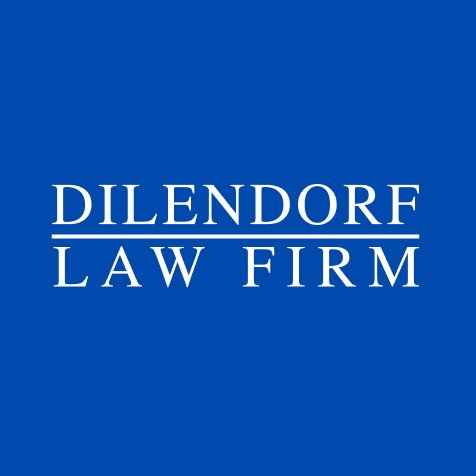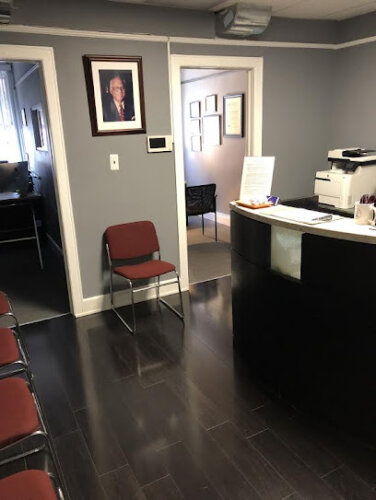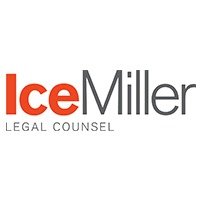Best Land Use & Zoning Lawyers in New York City
Share your needs with us, get contacted by law firms.
Free. Takes 2 min.
Free Guide to Hiring a Real Estate Lawyer
List of the best lawyers in New York City, United States
About Land Use & Zoning Law in New York City, United States
Land use and zoning law in New York City governs how land may be used, developed, and altered. The primary instrument is the New York City Zoning Resolution, which divides the city into zoning districts and sets bulk, density, and use rules. The Department of City Planning administers zoning and coordinates major land use actions through the Uniform Land Use Review Procedure, or ULURP.
For projects that affect historic resources or landmarks, the city relies on the Landmarks Preservation Commission to regulate exterior changes and approvals. Environmental review under the State Environmental Quality Review Act (SEQRA) can also apply to city actions that may impact the environment. Practically, a property owner or developer in NYC works with an attorney or solicitor to navigate multiple agencies, hearings, and possible appeals.
ULURP actions typically require several months to a year to complete, depending on project complexity and public input. NYC Planning Department
Why You May Need a Lawyer
These scenarios are concrete and occur frequently in New York City. An attorney or solicitor with expertise in land use and zoning can save time, reduce risk, and improve outcomes.
- You want a rezoning or map amendment for a development project. A large-scale project may require changes to the Zoning Resolution and an environmental review under ULURP, with hearings before the City Planning Commission and the City Council.
- You seek a variance or special permit for an unusual project detail. A homeowner or business owner may need BSA or CPC approvals to permit nonconforming uses, height modifications, or setbacks that exceed standard limits.
- Your property is in a historic district or is a designated landmark. Exterior alterations, additions, or signage often require LPC approval in addition to zoning approvals.
- You face a Department of Buildings action. Stop work orders, violations, or permit denials require legal review, potential administrative appeals, and possible court action.
- You plan lot consolidation, subdivision, or site plan approval for a multi-property development. NYC rules can require multiple agencies and notices, with precise surveys and plans.
- You are dealing with environmental review under SEQRA for a significant development project. You will need to understand the scope of impact analysis and potential mitigations.
Local Laws Overview
The core legal frameworks governing land use and zoning in New York City include the Zoning Resolution, ULURP, SEQRA, and the Administrative Code along with the Building Code. Below are the main authorities and recent context you should know.
- New York City Zoning Resolution (ZR) - The central law shaping land use, districting, bulk, height, and permitted uses. It is amended regularly to reflect policy goals such as affordable housing and resiliency. The NYC Planning Department maintains current zoning rules and map data. Zoning Resolution information.
- Uniform Land Use Review Procedure (ULURP) - The procedural framework for major city actions, including rezonings, special permits, and map changes. It involves public hearings and approvals from multiple agencies, including the City Planning Commission and the City Council. ULURP overview.
- State Environmental Quality Review Act (SEQRA) - Requires environmental impact analysis for major actions, including many NYC land use proposals. State and city agencies use environmental impact statements or findings as part of the process. SEQRA information.
- Administrative Code and Building Code - NYC regulatory framework for construction, safety, and code compliance. Construction plans, permits, and inspections are typically governed here in conjunction with zoning requirements. NYC Codes portal.
Recent and ongoing changes illustrate the citys focus on affordable housing and resiliency. For example, Mandatory Inclusionary Housing (MIH) and coastal resiliency initiatives have shaped how rezonings are evaluated and what density or design is permitted in certain districts. Detailed summaries and updates are available from the Planning Department and related agencies. MIH overview • Coastal flood resiliency updates.
Useful government sources for jurisdiction-specific rules include the NYC Planning Department, the Landmarks Preservation Commission, and the NYC Department of Buildings. These agencies publish official guidance, forms, and decision criteria you will encounter in a typical NYC land use matter. NYC Planning Department • LPC • DOB.
Frequently Asked Questions
What is the Zoning Resolution in New York City?
The Zoning Resolution is NYC's primary zoning law that defines district uses, bulk, and development standards. It guides what you can build and where you can build it.
What is ULURP and why does it matter?
ULURP is the citys review process for major land use actions. It ensures public input and multi-agency evaluation before decisions are made.
What is SEQRA and when does it apply to my project?
SEQRA requires environmental review for major actions that may affect the environment. Many large NYC projects trigger an environmental impact statement or a finding statement.
Do I need an attorney for a zoning matter in NYC?
Yes. A solicitor or attorney can manage filings, represent you in hearings, and coordinate approvals across agencies to avoid delays or errors.
What kinds of approvals might I need beyond zoning?
You may need approvals from the Landmarks Preservation Commission (LPC), the Board of Standards and Appeals (BSA), and sometimes the Department of Buildings for construction and safety compliance.
How long does a typical NYC zoning matter take?
Simple applications may take several months; complex rezonings or landmark issues often exceed a year, depending on public input and agency reviews.
What is a variance and when is one required?
A variance allows relief from strict zoning rules when applying the law would create an unnecessary hardship on your property.
What is a special permit?
A special permit authorizes a use or design that is not allowed by right in a district but is permitted with specific conditions.
What documents are usually needed for a zoning application?
Typical materials include a project description, site plans, zoning map data, architectural drawings, environmental studies, and agency affidavits.
Do historic districts affect my project approval timeline?
Yes. Historic district status requires LPC approvals for exterior changes and may slow the process, especially if design modifications are necessary.
Can a property owner appeal a zoning decision?
Yes. You can appeal or challenge a decision through proper administrative channels or, in some cases, through a court with legal grounds.
What costs should I expect for a land use matter in NYC?
Costs include attorney fees, planning and architectural fees, application fees, and potential expert studies. Budget several thousand to tens of thousands of dollars depending on complexity.
Additional Resources
- New York City Department of City Planning (DCP) - Official source for zoning maps, amendments, and ULURP procedures. Visit DCP.
- Landmarks Preservation Commission (LPC) - Regulates changes to designated landmarks and properties in historic districts. Visit LPC.
- New York State Department of Environmental Conservation (NYS DEC) - Oversees SEQRA processes for environmental review. Visit DEC SEQRA.
Next Steps
- Define your objective and gather property details - Collect the address, tax block and lot, current zoning district, existing approvals, and any historic district status. Timeline: 1-2 weeks.
- Consult a NYC land use and zoning solicitor - Obtain an initial assessment of required actions, likely costs, and a rough timetable. Timeline: 1 hour to 2 hours for an initial meeting; 1-2 weeks to align on engagement terms.
- Conduct a preliminary zoning analysis - Have your attorney review the Zoning Resolution maps, overlay zones, and any special districts affecting the property. Timeline: 1-3 weeks.
- Identify necessary approvals and process - Determine if ULURP, BSA, LPC, or DOB actions are required, and map out the sequence of filings. Timeline: 2-6 weeks for planning the filing plan.
- Assemble the project team - Hire an architect or planner, if needed, and any environmental consultant, with a clear scope and budget. Timeline: 2-4 weeks to assemble.
- Prepare and file applications - Assemble all forms, plans, environmental documents, and notices; submit through the appropriate agencies. Timeline: 2-6 months for initial filings, depending on the action.
- Engage in the public process and respond to agency feedback - Attend hearings, respond to questions, and revise proposals as required. Timeline: 3-12 months depending on action complexity.
Lawzana helps you find the best lawyers and law firms in New York City through a curated and pre-screened list of qualified legal professionals. Our platform offers rankings and detailed profiles of attorneys and law firms, allowing you to compare based on practice areas, including Land Use & Zoning, experience, and client feedback.
Each profile includes a description of the firm's areas of practice, client reviews, team members and partners, year of establishment, spoken languages, office locations, contact information, social media presence, and any published articles or resources. Most firms on our platform speak English and are experienced in both local and international legal matters.
Get a quote from top-rated law firms in New York City, United States — quickly, securely, and without unnecessary hassle.
Disclaimer:
The information provided on this page is for general informational purposes only and does not constitute legal advice. While we strive to ensure the accuracy and relevance of the content, legal information may change over time, and interpretations of the law can vary. You should always consult with a qualified legal professional for advice specific to your situation.
We disclaim all liability for actions taken or not taken based on the content of this page. If you believe any information is incorrect or outdated, please contact us, and we will review and update it where appropriate.
















